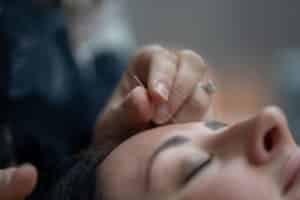Table of Contents
What is Sciatica?
Sciatica refers to pain that runs along the sciatic nerve. The pain usually affects only one side of the lower body at a time and often extends from the lower back all the way through the back of the thigh, down through the leg. Occasionally the pain may also extend to the foot or toes. It is often a reoccurring condition that seems to worsen with every episode.
What are the symptoms of Sciatica?
- Buttock, hamstring and/or calf pain that is worse when sitting
- Lower back pain that is worse for coughing or sneezing
- Weakness, numbness or difficulty moving the leg or foot
- Burning or tingling down the leg
- A shooting pain that makes it difficult to stand up
- Pain may be persistent or come in spasms
What causes Sciatica?
In young and early middle-aged adults most sciatica results from inflammation or pressure from a bulging disc which can be very painful. In older people, changes in the spine due to conditions such as osteoarthritis may be responsible. Aggravating factors of sciatica include:
- Being overweight
- Not exercising regularly
- Wearing high heels
Without proper care, pinching of the sciatic nerve may result in months or even years of pain.
How is Sciatica diagnosed?
Your osteopath will diagnose sciatica by taking a full medical history and by testing your back, hips, and legs for strength, flexibility, sensation, and reflexes. In some cases it may be necessary to get an MRI scan of your back to show whether or not there is a specific disc injury pressing on a nerve. Your osteopath will discuss this with you. X-Rays are of no help in this condition because they only show the bones and not the softer tissues that cause this sort of trouble.
How is Sciatica treated?
Osteopathy has an essential role both for the acute episode as well as long term avoidance of further episodes. The most common type of sciatica that we encounter responds well to osteopathic treatment, which consists of relieving pressure and inflammation off the sciatic nerve. Typical sciatica treatments include:
- Gentle Spinal mobilisation of the lower lumbar spine
- Release of muscle spasm.
- Traction of Lumbar spine manually
- Gently articulating the affected joints.
- Rehabilitation exercises.





